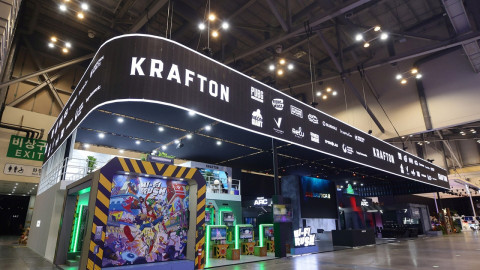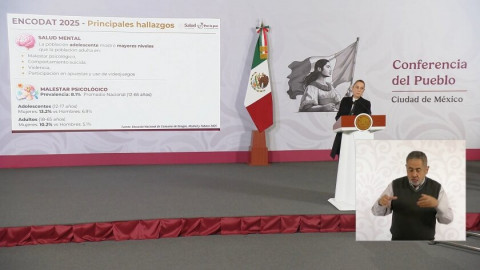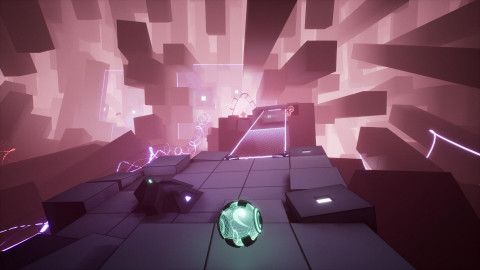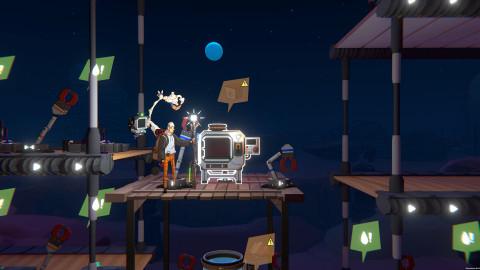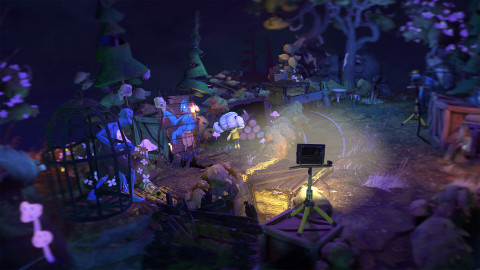
On February 28th (local time), Unity held a keynote event in San Francisco at GDC 2017 in order to introduce the future road map, outlining new features and updates for its Unity engine.
Held at InterContinental San Francisco, this keynote included the CEO of Unity, John Riccitiello, who shared information about Unity 5.6, which will be fully released in March, as well as the next lifecycle called Unity 2017, coming in April. The team also revealed the details about the strategic partnership with Xiaomi, which was first announced at the last Unite LA.

For starters, Unity 5.6 will provide native support for Vulkan graphics API, effectively reducing battery usage by 10 to 15 percent over OpenGL ES running similar games.
Another notable change is to the tool’s lighting effect. With the new feature called Progressive Lightmapper, users can add and edit various types of lighting effects and intuitively see which effects are in use. Additionally, Unity 5.6 drastically reduces the time it takes to perform repetitive lighting tests. The new version will also see a revamped NavMesh tool along with VR support, which includes support for Google Cardboard and Daydream. Unity 5.6 will go into beta on February 28th with the full release on March 31st.
The panel also revealed specific information about the partnership with Xiaomi, which was first announced at the last Unite LA. Xiaomi Vice President Jerry Shang took to the stage to cite localization, platform, and service licenses as the foreign developers’ barriers to Chinese market entry by saying, “Although China is becoming the center of the gaming market, it was a difficult place to penetrate for non-Chinese developers.”

As it stands, foreign game developers usually go through Chinese publishers to reliably make profits in China. Since there are no universal platforms like Google Play, developers had much trouble in integrating downloads, account management, and payment for every platform in China. In addition to all that, the process to obtain the mandatory service license from the Chinese government to make profits with video games is anything but simple.
To address these issues, the strategic partnership between Unity and Xiaomi will streamline the process by allowing Unity-made games to directly put their products on Xiaomi’s upcoming platform called Mi Game Center. In regards to service licenses, Shang explained that this partnership will enable Unity developers to more easily acquire the permit.
To wrap up the keynote, the team gave a sneak peak at the new engine coming after Unity 5.6. the company will cease updates for Unity 5 after the 5.6 version. The company also plans to distribute the next lifecycle called Unity 2017, which aims to further work on features and improvements in stability and efficiency while also adding tools that are focused on the needs of artists and designers. The first beta for Unity 2017 will roll out in April.
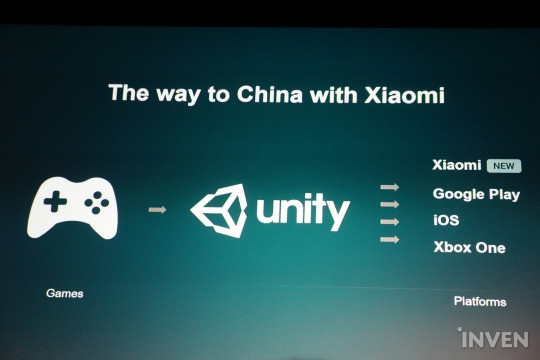
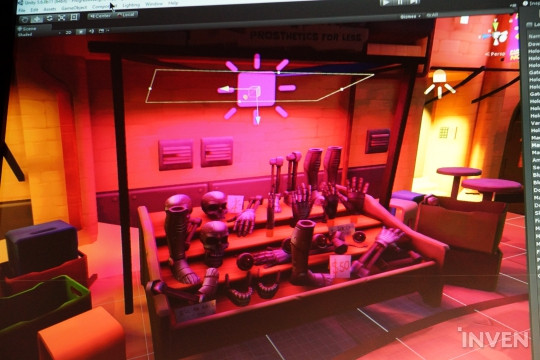
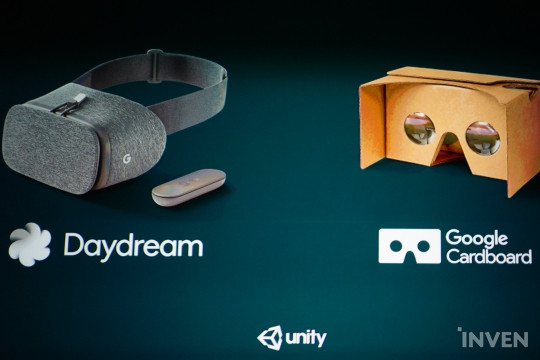


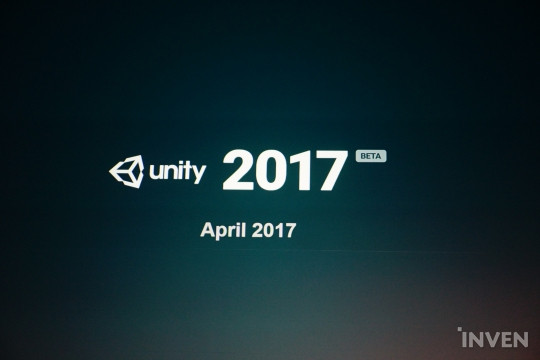
Sort by:
Comments :0



